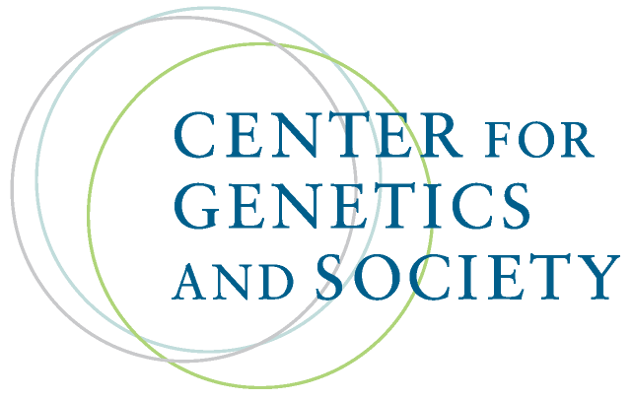Resurrected Mammoths and Dodos? Don't Count on it
By David Ehrenfeld,
The Guardian
| 03. 23. 2013
I recently spoke at
Revive & Restore's
TEDx DeExtinction event at the National Geographic headquarters in Washington DC. Most of the speakers were brilliant geneticists working on ways to revive species that no longer live on earth by injecting DNA from extinct species into eggs of living relatives. The atmosphere was electric with the hopes and claims of top scientists bent on bringing back the
woolly mammoth, the passenger pigeon, and other vanished species. I was the invited skeptic, and here's what I told them, more or less.
The poster child for de-extinction is
the passenger pigeon. The first European visitors to North America saw flocks so huge that they darkened the skies from horizon to horizon. Even in the 19th century, when the pigeons were starting to decline, observers estimated over a billion birds in some flocks. A market hunter with a shotgun could kill 50 or 100 with a single shot. The combined weight of the pigeons could bring down giant tree limbs with a sound like cannon fire. Yet the last passenger pigeon, a...
Related Articles
Riquet Mammoth Kakao (c.1920)
by Ludwig Hohlwein, Public Domain via Flickr
Colossal, the de-extinction company, scored headlines (1, 2, 3, 4, 5) recently by announcing that they had created mice! Not just any mice, not even colossal mice, but genetically engineered, normal-size “woolly mice” that are the result of editing seven genes in mouse embryos. This Colossal presented as an important step toward making a specimen of charismatic megafauna – a...
By Ben Johnson, Nature | 02.14.2025
A London-based biotech has amassed the world’s largest ethically sourced foundational biodiversity database for training artificial intelligence (AI) by setting up partnerships with 25 countries around the world. The startup, Basecamp Research, announced in January the launch of a new...
By Isaac Schultz, Gizmodo | 10.18.2024
Colossal Biosciences, a company mainly known for intending to genetically engineer proxies for several iconic extinct species, announced this week that it has made major steps towards the de-extinction of the thylacine, or Tasmanian tiger.
The thylacine was a carnivorous...
By Russ Burlingame, Comicbook | 07.23.2024
Colossal Laboratories and Biosciences, a biotech company that's putting together plans to orchestrate the de-extinction for animals like the dodo and the wooly mammoth, made some waves on Reddit recently when they petitioned the United Federation of Planets -- the...



